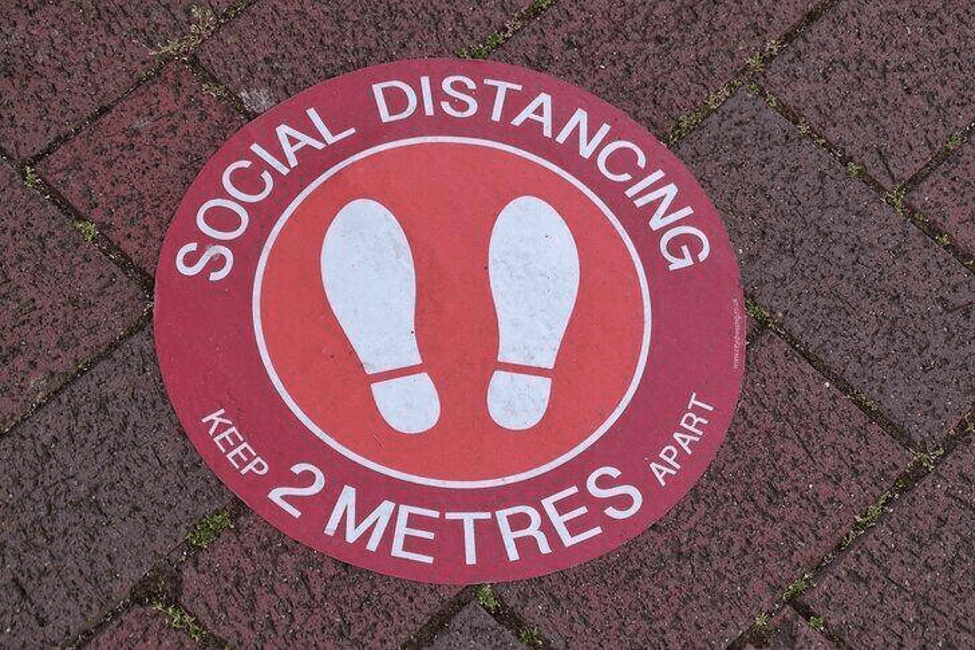Ever since the pandemic rattled the world, investigations have been underway to determine the origin of the virus in hopes of eliminating future triggers. In line with such efforts, a professional team from WHO visited China recently. Unfortunately, the country wasn't able to produce any relevant answers when asked how the virus started infecting people. Following this, global scientists have agreed that the hunt for the origin of the virus must continue.

Edwin Hooper/Unsplash | Global scientists have agreed that the hunt for the origin of the virus must continue
At a press conference held on February 9, 2021, in Wuhan (China), members from the WHO reported their findings after a month-long investigation regarding the origin of the virus concluded. FYI, the infection was first diagnosed as an instance of viral pneumonia in a patient hailing from Wuhan in December 2019. At the time, and even today, researchers heavily disbelieve the controversial story of an accidental leak of the virus from a Chinese laboratory. They believe that SARS-CoV-2 (the identifier for the virus) was first passed to humans from an animal.
What researchers have found
Researchers have mixed thoughts regarding the required hypothesis. Angela Rasmussen, a virologist at Georgetown University (Seattle, Washington), stated that there are a lot of stones that still need to be unturned because any accomplishment regarding the origin of the virus can't be completed in a short span of two weeks. But she believes that these revelations will lay a ground rule for a longer investigation with the Chinese government. New South Wales Health Pathology's medical virologist, Dominic Dwyer, who is also a member of WHO, mentions that there's some possibility that the virus could have spread through fish and meat, due to contamination at the Chinese markets.

Robert Norton/Unsplash | Experts believe that the virus could have spread through fish and meat due to contamination at the Chinese markets
Another focus of the WHO team was digging into the claims of the virus leaking from a lab. Peter Ben Embarek, a food-safety scientist with WHO Geneva (Switzerland), stated that there have been extensive discussions with the staff of Wuhan Institute of Virology, the main center of speculation. He mentions that a leak like this is unlikely to happen as the virus was totally unknown to the scientists before December 2019.
Dwyer further stated that his team didn't see anything during the visits that would suggest a lab accident. Now the question is, was the team shown everything? They did have all the data they needed to conclude the investigation? Guess no-one will ever know!
Final thoughts
There have been several investigations regarding the early days of the virus' outbreak in Wuhan, and researchers have tried to identify the apt timing of the city's first infections. But there haven't been any clear signals, and the virus is getting extremely strong with every passing day. In order to assess the situation properly, researchers will have to broaden their radars and track the happenings of the wider communities, not just stick to the health facilities.

Belinda Fewings/Unsplash | To assess the situation properly, researchers will have to broaden their radars and track the happenings of the wider communities
Even if the investigation team was more inclined towards the animal-origin theory, there are still no solid proofs about what kind of animal would have spread this deadly infection. And if this theory is proved to be right, we must be ready for other transmission events in the upcoming years.








